Description
Drum stick / Sehjan/ Moringa Oleifera Tree
Moringa oleifera is the most widely cultivated species of the genus Moringa, which is the only genus in the family Moringaceae. English common names include: moringa drumstick tree (from the appearance of the long, slender, triangular seed-pods), horseradish tree (from the taste of the roots, which resembles horseradish), ben oil tree or benzoil tree (from the oil which is derived from the seeds). It is a fast-growing, drought-resistant tree, native to the southern foothills of the Himalayas in northwestern India, and widely cultivated in tropical and sub-tropical areas where its young seed pods and leaves are used as a vegetable.
Description
Moringa oleifera is a fast growing, evergreen, deciduous tree. It can reach a height of 10–12 m and the trunk can reach a diameter of 45 cm. The bark has a whitish-grey colour and is surrounded by thick cork. Young shoots have purplish or greenish-white hairy bark. The tree has an open crown of drooping, fragile branches and the leaves build up a feathery foliage of tripinnate leaves. The flowers are fragrant and bisexual, surrounded by five unequal thinly veined yellowish-white petals. The flowers are approximately 1-1.5 cm long and 2 cm broad. They grow on slender hairy stalks in spreading or drooping later flower clusters which have a longitude of 10–25 cm. Flowering begins within the first six months after planting. In seasonally cool regions, flowering will only occur once a year between April and June. In more constant seasonal temperature and with constant rainfall, flowering can happen twice or even all year-round.
The fruit is a hanging, three-sided brown capsule of 20–45 cm size which holds dark brown, globular seeds with a diameter of approximately 1 cm.
Fruits
When the plant is grown up from cuttings the first harvest can already take place after 6-8 month after plantation. Often, the fruits are not yielded in the first year and the yield is generally low during the first years. By year 2 it produces around 300 pods, by year 3 around 400-500. A good tree can yield 1000 or more pods. In India a hectare can produce 31 tons of pods per year. Under North Indian conditions the fruits ripen during the summer. Sometimes, particularly in South India, flowers and fruits appear twice a year and so there are 2 harvests, in July to September and March to April.
Leaves
Average yields of 6 tons/ha/year in fresh matter are can be achieved. The harvest differs strongly between the rainy and dry season with 1120 kg/ha per harvest and 690 kg/ha per harvest. The leaves and stems can be harvested from the young plants 60 days after seeding and then another 7 times in the year. At every harvest the plants are cut back to within 60 cm of the ground. In some production systems the leaves are harvested every 2 weeks. Foidl. et al. (2001) showed that the cultivation of Moringa oleifera can also be done intensively with irrigation and fertilization with suitable varieties. Trials in Nicaragua with 1 million plant/ha and 9 cuttings/year over 4 years gave an average fresh matter production of 580 metric tons per ha/year equivalent to about 174 metric tons of fresh leaves.


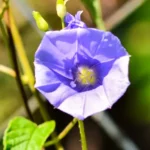
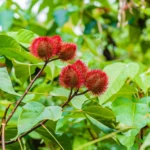
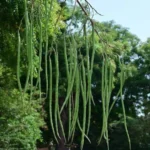
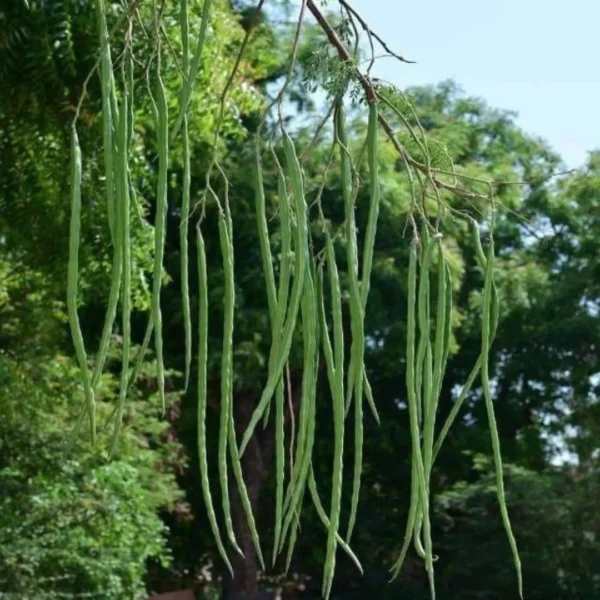
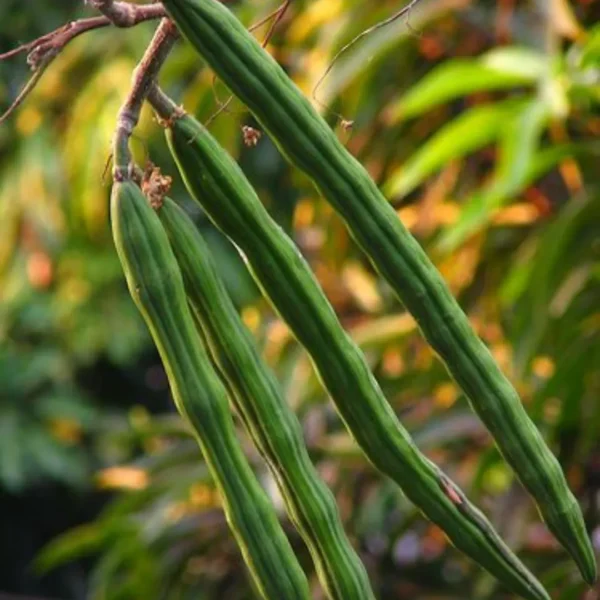
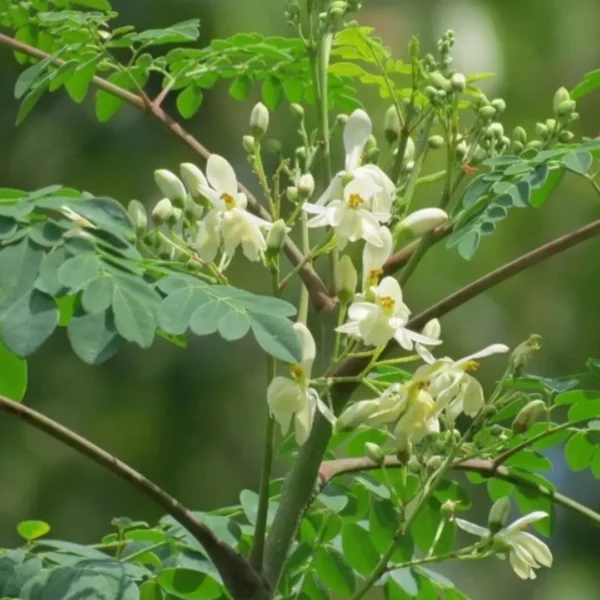
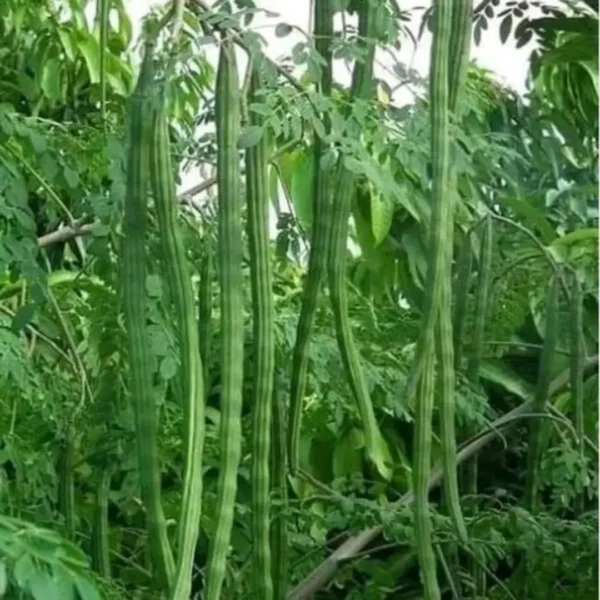
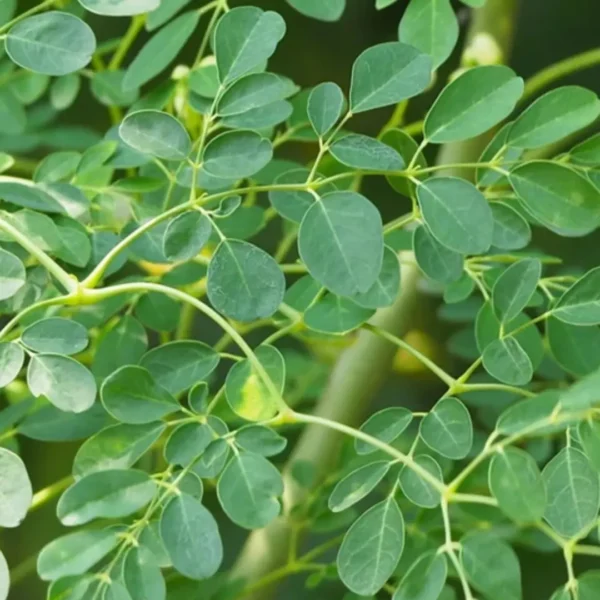

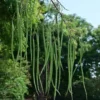
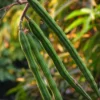
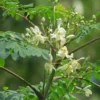
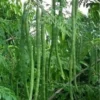
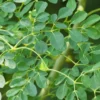
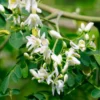
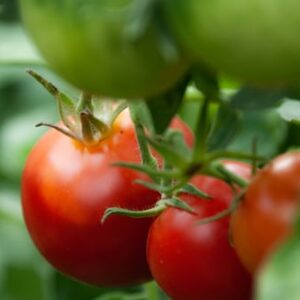
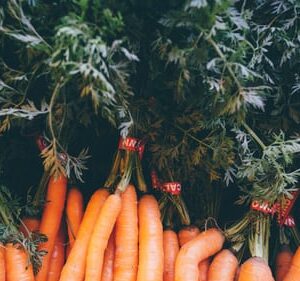
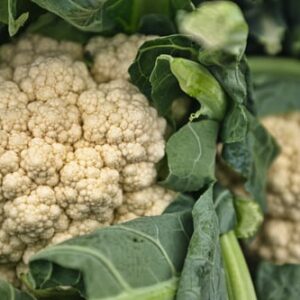
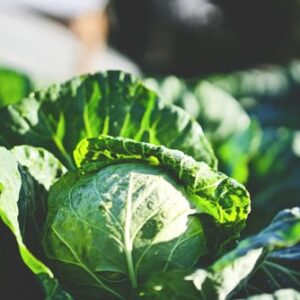
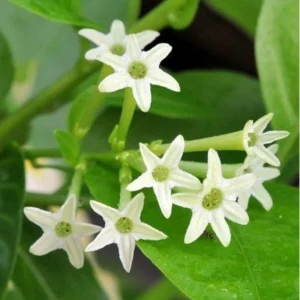
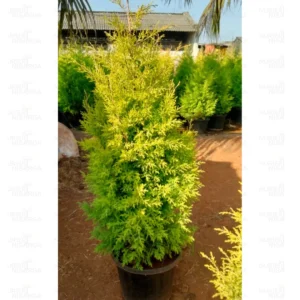
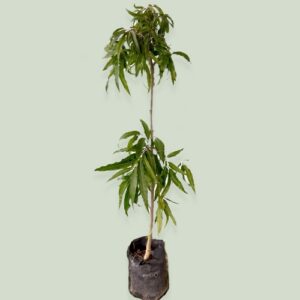
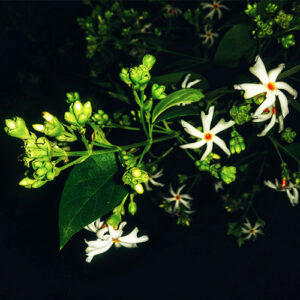
Reviews
There are no reviews yet.